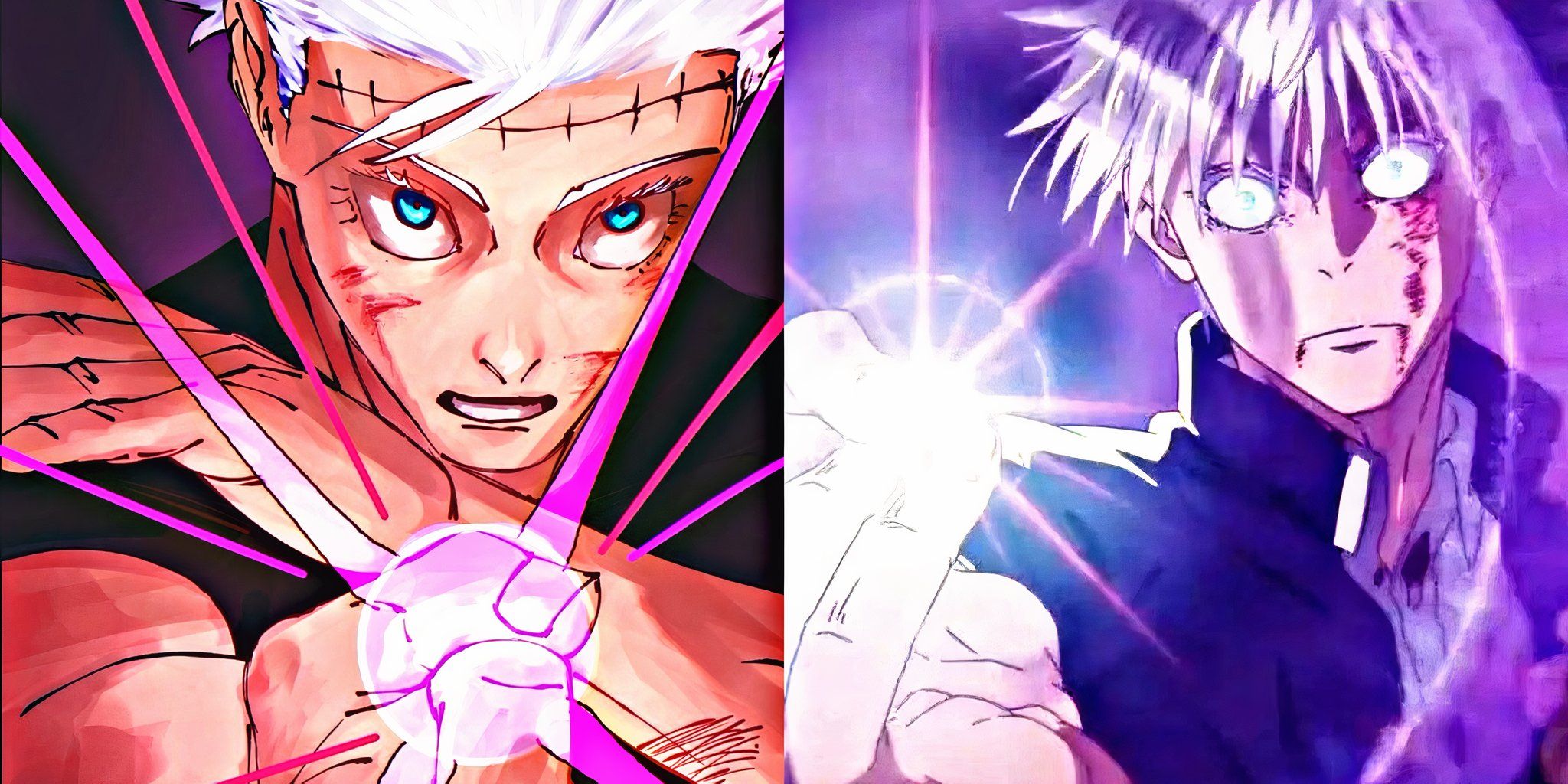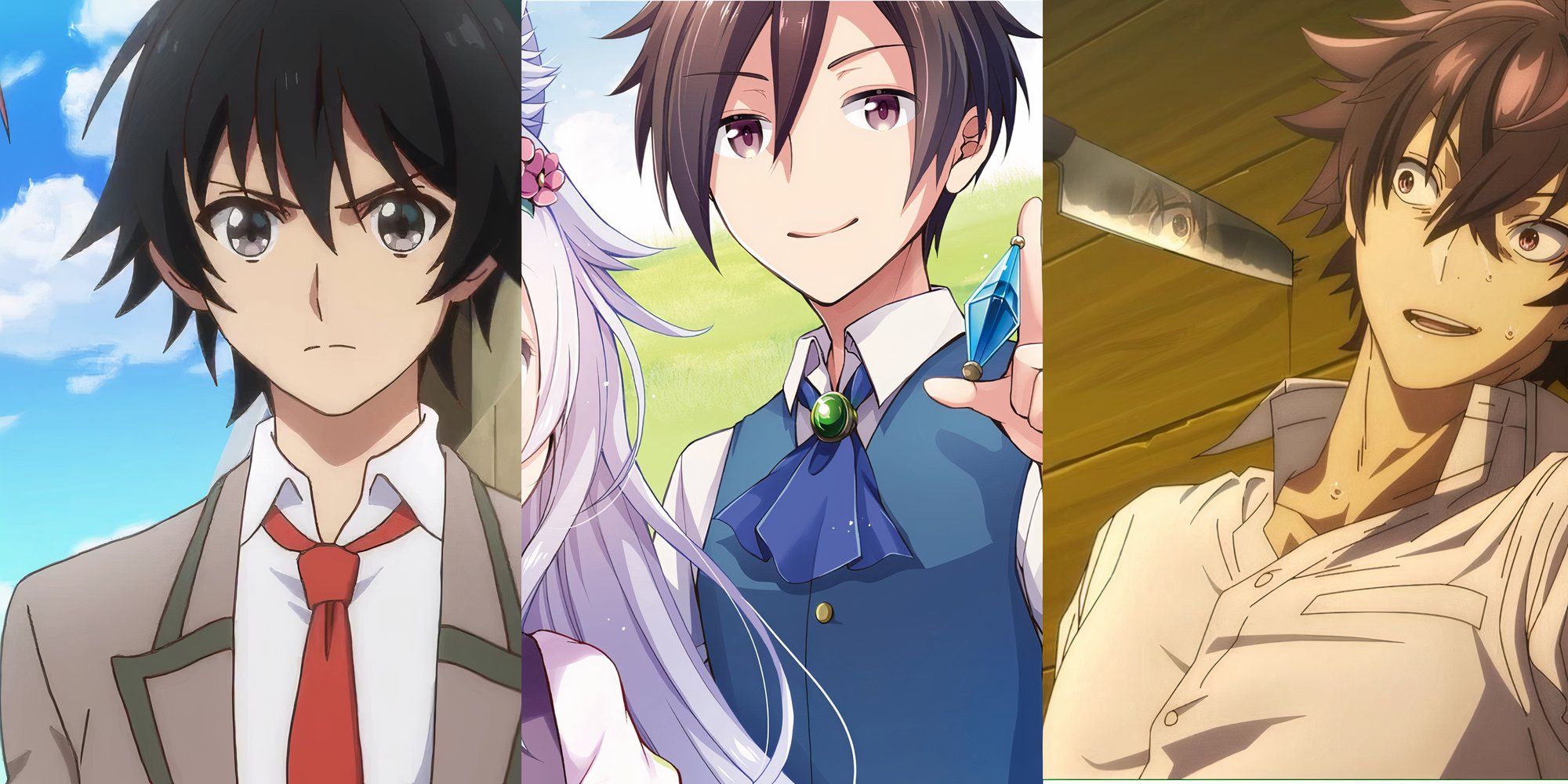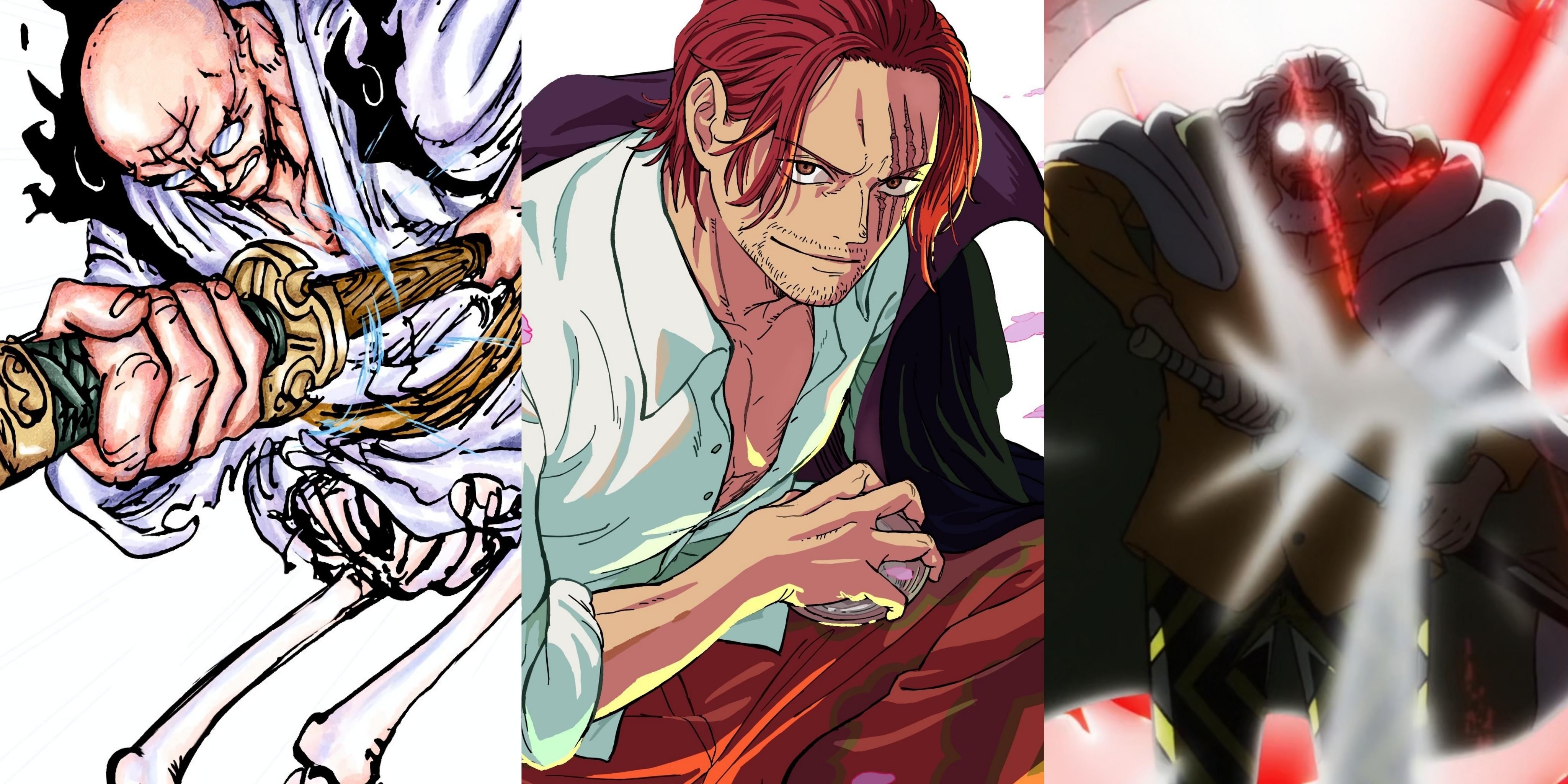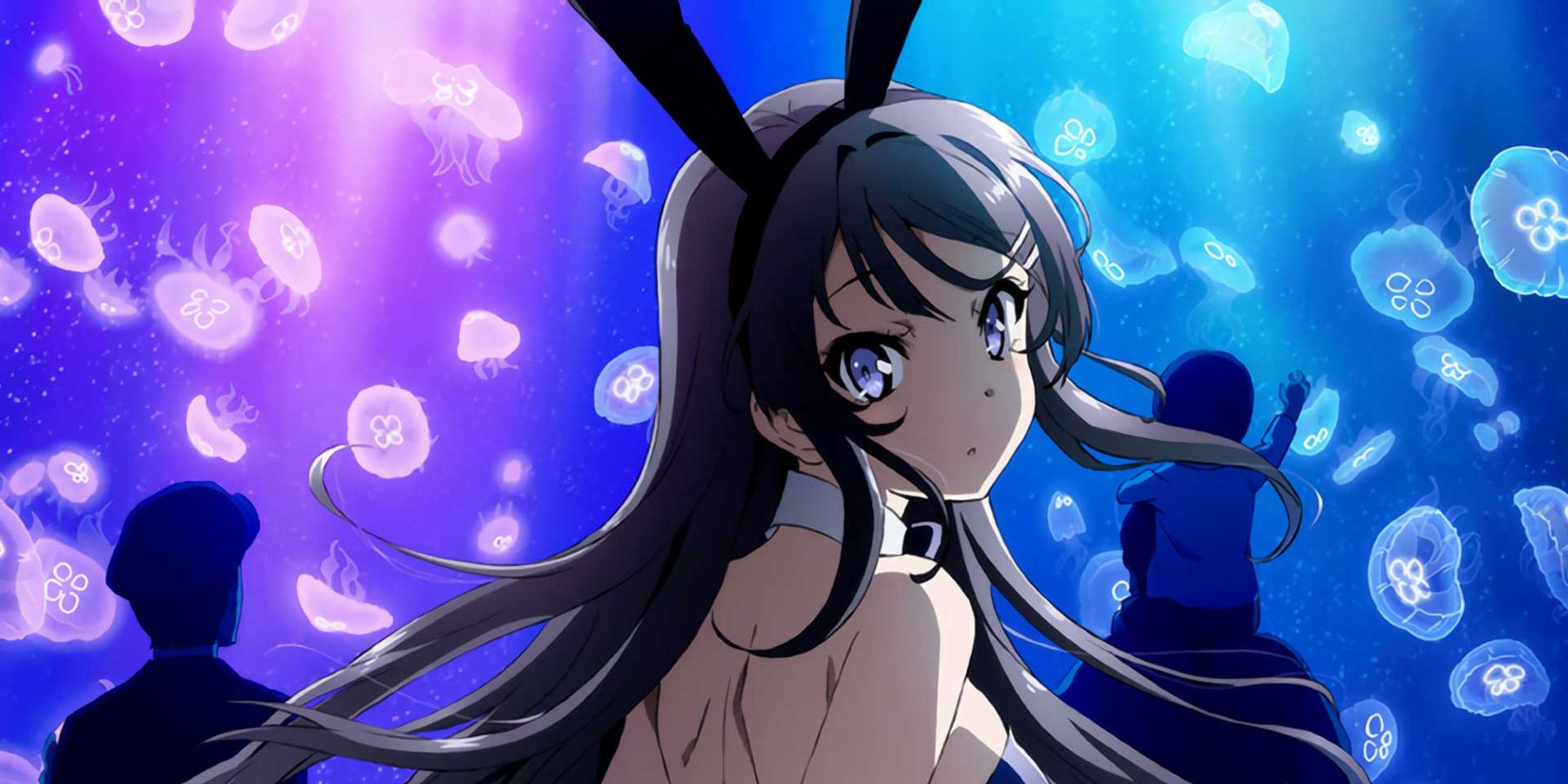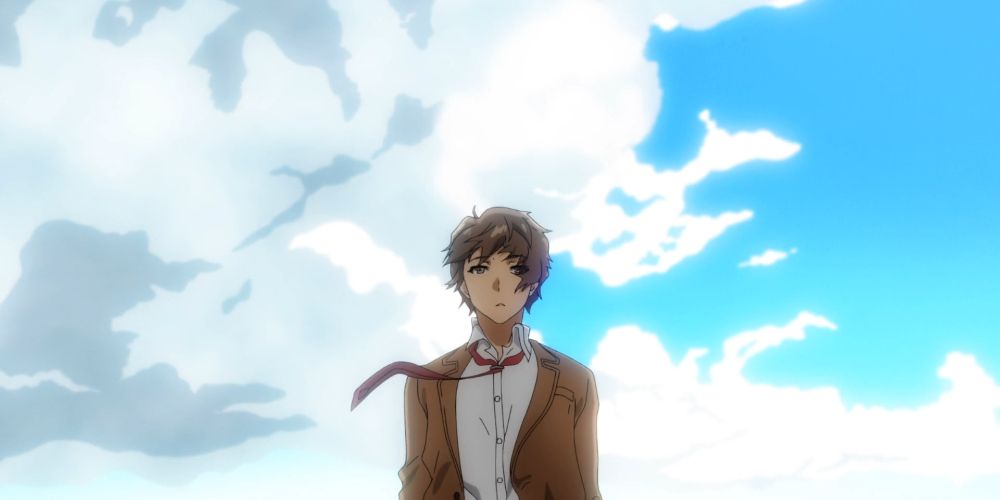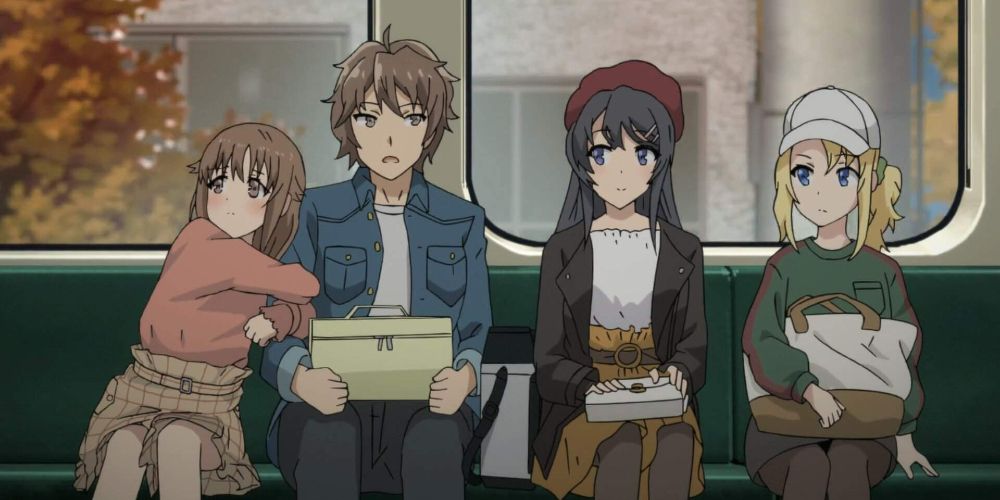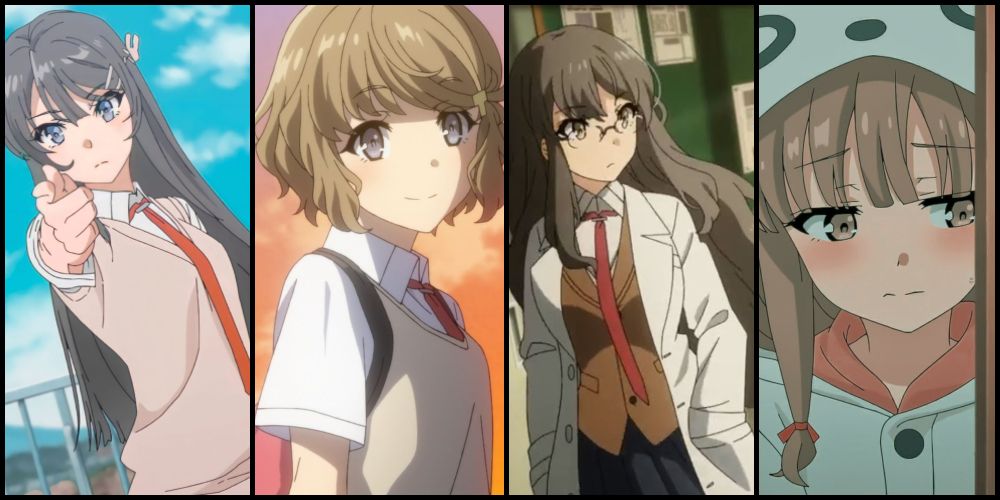Originally released in Late 2018, Rascal Does Not Dream of Bunny Girl Senpai, also known as Seishun Buta Yarō, performed pretty well, but it’d be easy to forget the show’s initial warm reception based on the show’s relative obscurity. Not to mention, fans can expect a second season to debut sometime in, hopefully, the near future. Within the last four years, the series experienced the same fate as the titular bunny girl and was forgotten by many, even with a waifu as iconic as Mai Sakurajima. Still, its current rating on MyAnimeList is proof that it’s worth checking out. Currently sitting at 8.26, it’s hard to believe it was forgotten so easily, but just what is this sci-fi, slice-of-life series many anime fans may have missed or left behind?
Rascal Does Not Dream of Bunny Girl Senpai does many things that one would expect from a good series, regardless of the genre. It revolves around an interesting concept, delivers genuine characters, and structures its several plot arcs well. What other show excels in introducing a new theme and superbly covering a different character’s whole arc every three to four episodes?
Themes and Concepts
The main dilemma of the series revolves around a fictional phenomenon called “adolescence syndrome”, also referred to as “puberty syndrome”. In the show, this experience affects different youth as they transition between different points in their adolescence. Granted, the name is pretty on the nose, but the actual events are much deeper. When this syndrome affects an individual, it alters reality in some way, either for that individual or for the world around them. Each of these events that the protagonist, Sakuta Azusagawa, encounters portrays itself as a physical manifestation of a real-world quantum mechanics concept. While the series’ explanation of these concepts in the context of the show may be a little off, the series presents these ideas as more of magic realism than strict representation. This is where it starts to get interesting.
The first time viewers see Sakuta come into contact with a person experiencing this phenomenon is when he meets Mai, whose adolescence syndrome is causing her to become more and more invisible to others around her. As cheesy as that may sound, it’s less her becoming visually invisible and more her existence itself becoming less noticeable to others until they no longer see her. Sakuta’s friend, Rio Futaba, explains Mai’s circumstance through the concept of Schrödinger's cat. For those who don’t know, this is a quantum mechanics theory that essentially posits that if something is not verified by observation then it’s stuck in a state of both non-existence and existence. The series also covers some other interesting concepts, including quantum teleportation and Laplace’s demon.
Additionally, the series has some heavy themes around mental health and trauma. Some characters experience adolescence syndrome as a response to traumatic events they aren’t able to acknowledge or heal from yet. That also applies to mental or emotional struggles that some characters experience like an inferiority complex in one case and depression in another.
Meet the Cast
Speaking of characters, these characters are more than just their flaws. The characters are complex and have genuine interactions with one another that don’t feel like they’re there to just propel the story along. Each of the characters is engaging to watch, but let’s focus on three for now. Sakuta, Mai, and Kaede are the three characters that viewers see the most, and they refuse to fall into neat and tidy tropes.
One would expect the protagonist of a slice-of-life harem to be either a bland protagonist or an annoyingly unrealistic character to watch. Sakuta may not be the person everyone wants to root for per se, but he’s certainly fleshed out. He starts the story off with a bad reputation because of his dead eyes and a rumor that spread about him hospitalizing three people. In actuality, he’s a helpful person who’s always looking out for others and willing to help them even if it inconveniences him, but he’s still got a comically cheeky sense of humor.
Waifus come in many forms, but Mai doesn’t fit any one of them to a tee. As a former child star and currently active model, she’s ironically very down to earth. She’s also helpful and very ethical, with a somewhat snide sense of humor, at least when directed at Sakuta. Still, her romance with Sakuta isn’t standard by any means. Their relationship is subtly layered. Mai also has her own multifaceted feelings about her career, her desire to live a normal life, and her relationships with her family members.
If this were a lesser series, Sakuta’s little sister Kaede would be a bro-con and nothing more, but this show isn’t that simple. Kaede is experiencing an adolescence syndrome of her own after being bullied at her old school and being unable to cope with the trauma. Now Kaede refuses to go to school and harbors a powerful fear of meeting new people. She spends all of her time at home and has a lot of affection for her brother at the beginning of the series, but as the show progresses, she continuously makes efforts to overcome her past trauma and fear of leaving the home. Her condition also becomes clearer throughout the series, leading to a pretty heartbreaking conclusion of her arc towards the end of the first season.
This is How Arcs Are Done
There are a lot of shows that could learn a thing or two about plot arcs from Rascal Does Not Dream of Bunny Girl Senpai. In this show, each of the adolescence syndrome phenomena that Sakuta encounters basically exists within its own self-contained arc, with a couple of them underlying the overall narrative structure throughout the first season. While most of the characters that these mini-arcs focus on are in the series before and after their time in the spotlight, they each get a special focus at certain points.
The formula is basically: a new character or character struggle is introduced/hinted at; the struggle is directly addressed; Sakuta attempts to solve the issue somehow; the issue gets resolved; then the character experiences some moment of triumph or internal realization; all in only three to four episodes. As straightforward as that sounds, each case is different and has a different kind of resolution, usually heart-wrenching or refreshingly cathartic.
Rascal Does Not Dream of Bunny Girl Senpai should be required viewing for any anime fan interested in good stories, interesting characters who don’t take forever to grow, and compelling themes. The series isn’t perfect, and it may not be for everybody, but it’s hard to say who wouldn’t be able to find some sort of value in this show. Hardcore shonen fans might not be interested, but otherwise, it has something for everybody to enjoy. Let’s not even get into the film sequel to the first season, which is guaranteed to take whatever’s left of your heart after this series and stomp on it.

